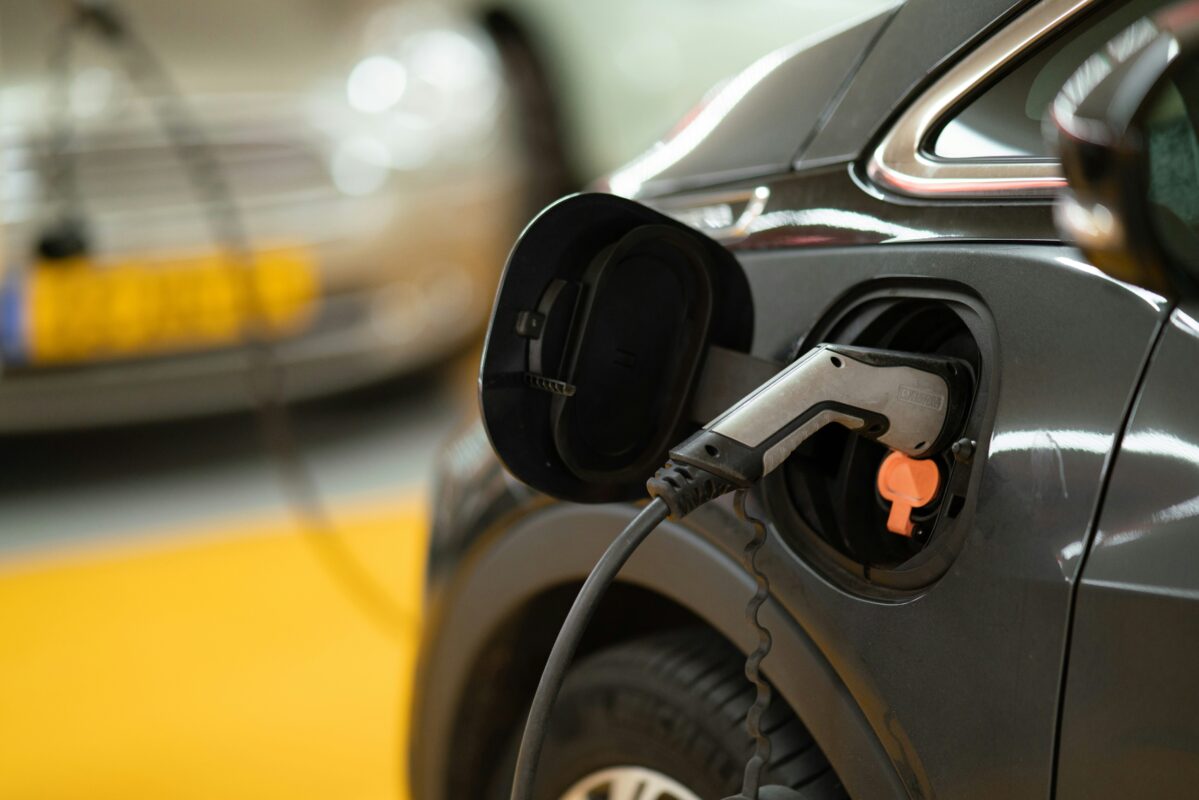One of the very worst things about the development of modern cars is the grotesque bloat that has gone on. My first car, bought in 1974 for £80 was a 14 year old, 883cc Morris 1000. It weighed in at 830kg and was absolutely tiny by comparison to modern cars - even supposedly small modern cars. The other day I was walking in Newcastle and I heard the very characteristic sound of an old 'Moggie' and I turned around to see one - a tiny shrimp sandwiched between two gigantic German made cars.
The weight of the MOrris 1000 was 830 kg. That Nissan Leaf 2022, according to google is between 1580kg and 1781 kg, probably depending in the size of the battery, but petrol models are not much lighter. The Nissan Juke is between 1199 to 1354 kg, about the same as my new Skoda Fabia.
All this weight needs to be accelerated up to speed, pushed up hill, bounced along the roads and stopped. In our towns and villages, the roads are in the main, the same ones we had when horse drawn vehicles and small petrol cars were the norm. You will probably struggle to fit a modern ordinary size car into the garage of a 1930s semi, and a lot of them don't fit into the car parking bays in most places I go to in town.
Cars need to be smaller and lighter. I know we have become a nation of lard a rses, but car bloat is a menace. Some of those giant Audis and other German cars are plain ridiculous.
Apart from anything else, these bigger cars are far more dangerous to pedestrians and cyclists. Far more likely to flatten and run over them whereas previously, the victim would be struck and roll over the top and back of the car. Not great - but far better than being splatted down to the road and crushed.
View attachment 60373














